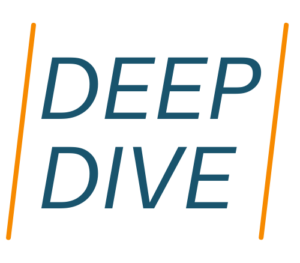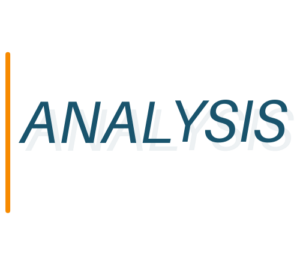
SiliconANGLE Media Launches 27 Awards
SiliconANGLE Media has launched the Tech Innovation CUBEd Awards, comprising 27 awards focused on companies, people and products.

SiliconANGLE Media has launched the Tech Innovation CUBEd Awards, comprising 27 awards focused on companies, people and products.

This SWMS deep-dive on innovation edit started out as a cheat sheet — but sadly, there just aren’t that many targets. There are some. Innovation seems to be too abstract a concept for most publications to cover as a beat.

If you’ve ever listened to a podcast, you’ll want to spend six minutes listening to this. It’s an experimental audio file produced by a new Google tool called NotebookLM. It turns a text file or PDF into a podcast…

Business Insider’s newly named EIC, Jamie Heller, is exactly what BI needed: an experienced, no-nonsense newspaper pro disinclined to accept shortcuts.

Fortune sure does churn through the journalists. In the ten months since we last studied its masthead, 19 editors have departed, while 16 arrived. That’s roughly a 25 percent turnover rate.

Until now at least, PR pros never had to pay much attention to tech analytics platforms such as CrunchBase, PitchBook and CB Insights. Sure, they might have had a blog. But PR was built to pitch publications. The worlds of tech data and tech edit really didn’t intersect.
SWMS service resumes today. Thank you for your patience. On Jun. 20, six days after losing Christy, I tested positive for COVID-19 and remained positive

Two of the world’s most powerful business publishers are out to refine themselves as the impact of generative AI approaches.

It’s been true for years: Tier 1 loves to craft “can they do it?” stories. Some PR pros avoid pitching “can they do it” stories because “what if they can’t?” Why encourage a reporter to think that the company might come up short?

It’s one thing to know that Fortune reporter Jane Thier writes CEO profiles, and quite another to know the ingredients. We analyzed the 12 CEO/founder profiles Jane produced so far this year — and asked Anthropic’s Claude 3 to do the same.
YOUR ACCOUNT
FRIDGE NOTES
The day is coming that you will not be able to avoid framing the targets in terms of red or blue. So far you’ve been able to do that. Those days are coming to a close: large swaths of “the audience” are headed in this direction. If you don’t believe it, read this from Bloomberg. You will never see better reporting than this.
Superb reporting from Business Insider on what comes after Google Search. All the experts quizzed. The gist: these technologies and techniques are borderline mythical at this point.
In the latest installment of Sound Thinking...David Strom, a well-known IT reporter and security expert, discusses the threat of AI tricking security systems and luring them to catastrophe. What will that mean to editors? When will it happen? It’s not an if, it’s a when.
Good vision here from Jay Lauf. Interestingly, Jay suggests that B2B publishing will become a service business to B2B pros, providing value directly to individuals and organizations. Static content is dying very quickly. This is the point of the analysis from this great media organization.
America can’t read anymore. The good news: advertisers can advertise against different kinds of emotion in the copy. So even if the numbers of readers drop, there are more ways to attract ads. So perhaps the bad news will get cancelled out by the good. Sam Whitmore and David Strom discuss.
Can you imagine not needing to be a human being to be a superstar? You may remember Max Headroom. There’s plenty of examples of technology personas, but AI is a different world altogether. Is there a tech media angle to this item? Not really, but here she is — Xania.